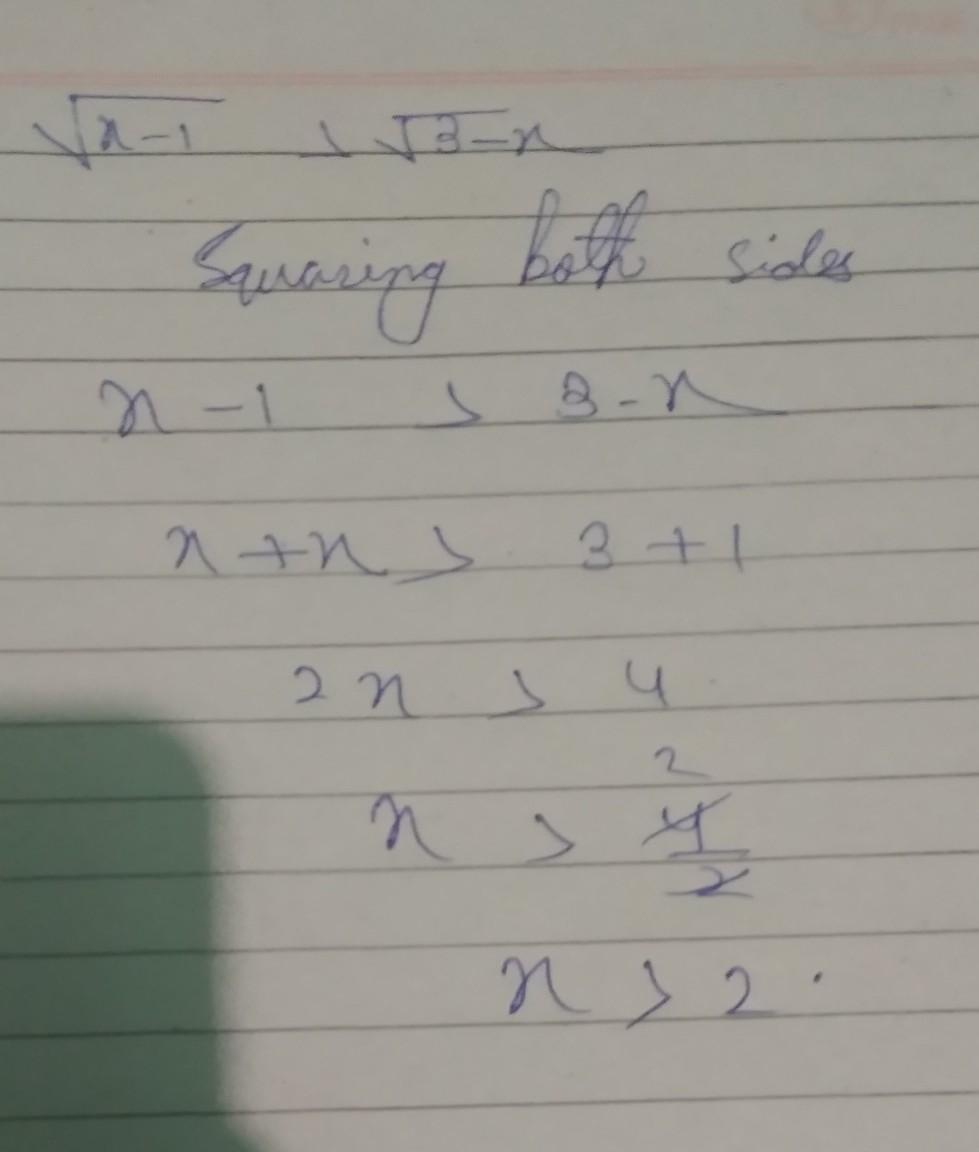Answer:
Uttar Pradesh is bordered by the state of Uttarakhand and the country of Nepal to the north, the state of Bihar to the east, the states of Jharkhand and Chhattisgarh to the southeast, the state of Madhya Pradesh to the south, and the states of Rajasthan and Haryana and the national capital territory of Delhi to the west. On January 26, 1950, when India became a republic, the state was given its present name, Uttar Pradesh (literally, “Northern State”). Its capital is Lucknow, in the west-central part of the state. Area 93,933 square miles (243,286 square km). Pop. (2011) 199,581,477.
Land
Relief
The state can be divided into two physiographic regions: the central plains of the Ganges (Ganga) River and its tributaries (part of the Indo-Gangetic Plain) and the southern uplands. The vast majority of Uttar Pradesh lies within the Gangetic Plain, which is composed of alluvial deposits brought down from the Himalayas to the north by the vast Ganges network. Most of that area is a featureless, though fertile, plain varying in elevation from about 1,000 feet (300 metres) in the northwest to about 190 feet (60 metres) in the extreme east. The southern uplands form part of the highly dissected and rugged Vindhya Range, which rises generally toward the southeast. The elevation of that region rarely exceeds 1,000 feet.
The state is well drained by a number of rivers originating in either the Himalayas to the north or the Vindhya Range to the south. The Ganges and its main tributaries—the Yamuna, the Ramganga, the Gomati, the Ghaghara, and the Gandak rivers—are fed by the perpetual snows of the Himalayas. The Chambal, the Betwa, and the Ken, originating from the Vindhya Range, drain the southwestern part of the state before joining the Yamuna. The Son, also originating in the Vindhya Range, drains the southeastern part of the state and joins the Ganges beyond the state borders (in Bihar).


